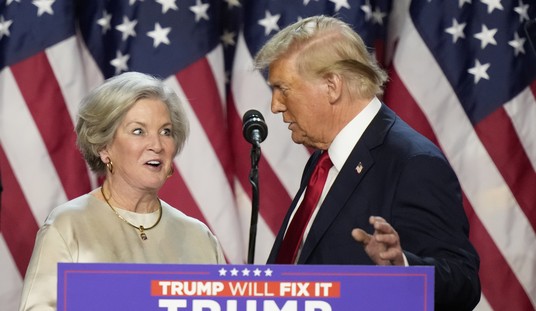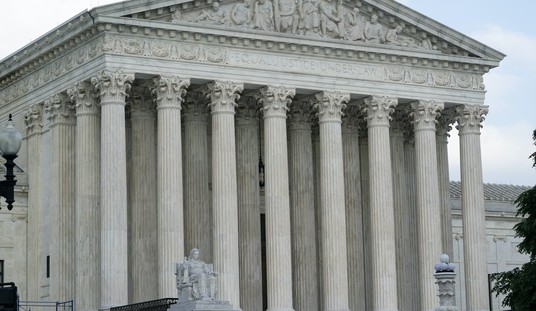Axios has some interesting numbers yesterday with regard to the current pace of confirmations of Biden Cabinet nominees.
They have created a color-coded graphic going back to the Nixon Presidency that shows via color the number of votes against cabinet nominees in the confirmation process.
All through the Bush 41 and Clinton Presidencies, the nominees were almost uniformly confirmed with less than 10 votes against any individual nominee. That changed with the Bush 43 Presidency in the aftermath of the 2000 Presidential election controversy, with a much higher number of cabinet nominees drawing between 20 and 50 votes against confirmation.
During the Obama Presidency, there were far more nominees receiving votes against confirmation than had been the case under Clinton, but the majority of Obama nominees who drew votes against their confirmation were situations where the votes total were only between 10 and 25 votes.
Everything changed dramatically with the Trump Presidency. The norm became votes of nearly 50% against the confirmation of Trump nominees. In the beginning, there were a small handful of nominees who obtained quick confirmation by large margins — James Mattis was confirmed on the first day of the Trump Administration by a vote of 98-1.
But the experience of Secretary of State Rex Tillerson was much more the norm — nominated on January 20, 2017, the Senate Foreign Relations Committee split along party lines in voting on his nomination 11-10, and on January 23 the Senate confirmed him on a nearly party-line vote, 56-43, with 40 Senate Democrats voting against confirmation. That broke the record for votes against a Secretary of State nominee, which had been 14 votes against confirmation.
The Democrat votes against Trump nominees were all part of their publicly announced — and media applauded — “resistance” of the Trump Presidency. But symbolic “no” votes when the nominee has the “yes” votes needed for confirmation are done to simply pacify the Democrat constituencies.
More pernicious was the fact that the Democrats refused every request for unanimous consent or a “voice vote” on Cabinet and sub-Cabinet level positions that required Senate confirmation.
Between 2000 and 2008, President Bush 43 benefitted from 23 such “unanimous consent” or “voice vote” agreements between the two parties. These increase the pace of the process for nominees about whom there is no meaningful controversy or need for extended questioning. Between 2008 and 2016, President Obama benefited from 19 such votes.
President Trump received no unanimous consent or voice vote confirmations of his nominees. In fact, the Democrats forced the Republicans to invoke “cloture” on every nominee — Cabinet, sub-Cabinet, and Judicial nominees — during the Trump Presidency. “Cloture” is the formal vote taken by the Senate to bring debate to a halt, and to force a vote on the matter being debated. But invoking cloture does not halt debate at that moment — that requires “unanimous consent”. Invoking cloture only begins the countdown clock to a specific end time of debate — which by Senate rule cannot be less than an additional 30 hours. Because only one matter can be subject to open debate on the Senate floor at one time, for those remaining 30 hours the Senate cannot proceed or vote on any other matters. That time for debate can be ended by “unanimous consent” but a Democrat Senator was always standing by to object to “unanimous consent” requests made by Maj. Leader McConnell.
Forcing such delays in the confirmation process backed up the placement of Senate-confirmed appointees in every Cabinet department and agency for months — and even years in some instances. In many circumstances it allowed Obama Administration “holdovers” to continue to occupy senior management positions, giving them the ability to interfere with the implementation of Trump Administration policies.
The Axios story makes a stab at finding some level of obstruction on the part of the GOP with respect to Biden Administration nominees by pointing out that as of February 24, 2017, President Trump had nine Cabinet officials confirmed, but Biden has only seven confirmed as of the same date.
It leaves out the fact that the Senate did not stop for a week to conduct an impeachment trial of former President Obama in early February 2017. The Democrats were warned that the impeachment effort would bring a halt to consideration of all nominees at either the Committee or full Senate level since all 100 Senators were obligated by law to participate in the impeachment proceedings each day they took place.
The confirmation process seemed to hit full-stride this week, with some of the more controversial nominees coming under scrutiny in Senate Committee hearings, and many are making “news” — but not in a good way for the Biden Administration.
We will see a good barometer at just how bad things truly are if the Biden Administration can lose confirmation of the nominee for OMB Director while simultaneously winning confirmation for a nominee who does this with respect to one of the most controversial questions facing the country in 2021:
For this nominee to even get out of Committee would be mind-boggling given the unwillingness to engage a Senator who is an MD on a question that everyone paying attention knew was coming. The refusal to speak publicly on this topic, and offer only to go behind closed doors where America cannot watch and judge for itself, disqualifies the entirety of the Biden Administration as being a “democratic” institution if it continues to push this nominee for confirmation.
That’s a pretty strong statement. I’ll just leave it at that.














Join the conversation as a VIP Member